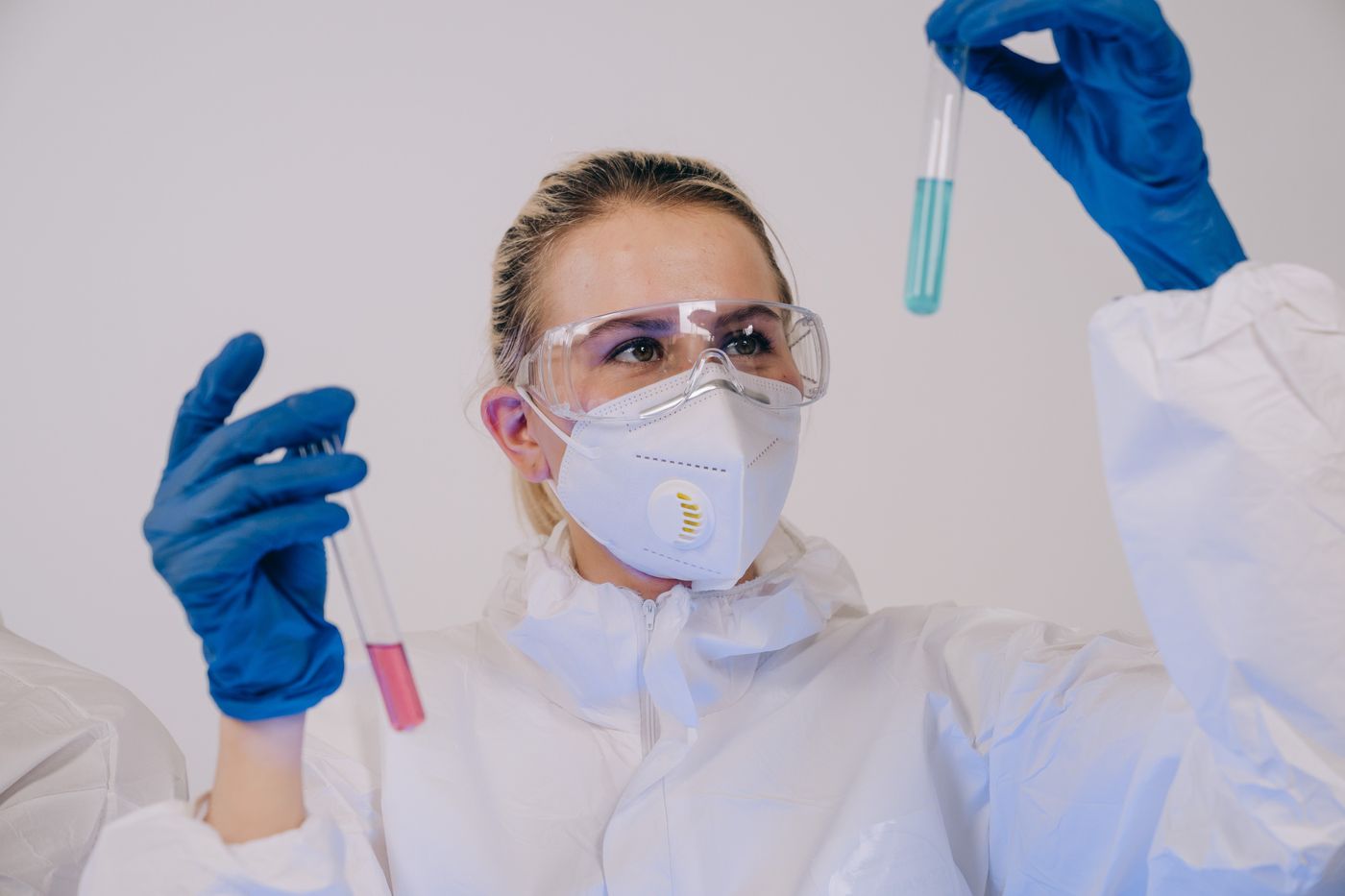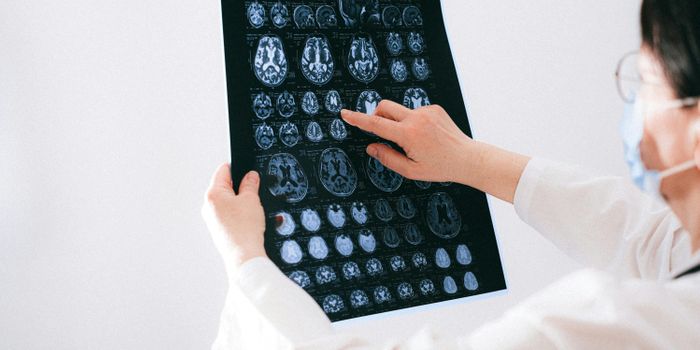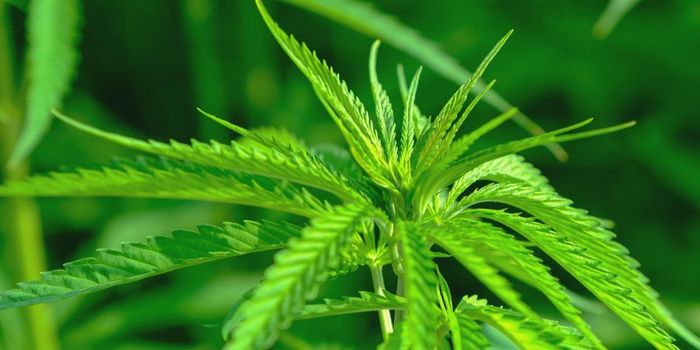Pharmacological Effects of Cannabis: To Be or Not To Be... Carboxylated?
Results from a new study published in Nature’s Scientific Reports suggest that the carboxylated (i.e., acidic) form of cannabidiol (CBD) – cannabidiolic acid (CBDA) – may elicit more significant pharmacological effects in ‘full-spectrum’ cannabis products than was previously thought.
Within the past decade, there has been a striking rise in the popularity of nutraceutical cannabis products (i.e., ‘full-spectrum’ cannabis products) claiming to derive a therapeutic capacity from the concerted activity of phytochemical compounds within the whole plant rather than from the activity of individual phytochemicals (a postulated phenomenon referred to as the “entourage effect”).
Although there is limited experimental evidence substantiating the entourage effect, emerging research indicates that the biological activity of full-spectrum cannabis extracts is unlikely to be accredited to a single phytochemical cannabis component.
Notably, recent research has demonstrated that the carboxylated precursors (i.e., CBDA and Δ9-THCA) of the more extensively characterized neutral phytocannabinoids (ie., CBDA and Δ9-THC, respectively) harbor pharmacokinetic activity. With the full breadth of constituents present in full-spectrum cannabis extracts (i.e., both carboxylated and decarboxylated cannabinoids), it is possible – and has been proposed to be likely – that there are interactions between these cannabinoids, and that these interactions may have pharmacological implications.
Accordingly, researchers at the University of Sydney conducted the aforementioned study in Scientific Reports to investigate whether pharmacokinetic interactions between cannabinoids occur following oral administration of a full-spectrum cannabis extract, and whether these interactions can significantly alter cannabinoid concentrations systemically in vivo.
In the study, the team addressed this question by comparing the pharmacokinetic profiles of cannabinoids in plasma orally administered to mice as either a full-spectrum extract (i.e., in the presence of multiple phytochemical constituents) or as equivalent doses of a singular cannabinoid.
The full-spectrum cannabis extract employed was found to be predominantly comprised of CBDA, Δ9-tetrahydrocannabinolic acid (Δ9-THCA), CBD, and Δ9-tetrahydrocannabinol (Δ9-THC). Following oral-administration of a single dose of the full-spectrum extract, cannabinoid concentrations in the mouse plasma were measured at designated time points to generate concentration-time curves, and pharmacokinetic parameters were calculated.
CBD, CBDA, cannabidivarinic acid (CBDVA), cannabigerolic acid (CBGA), Δ9-THC, and Δ9-THCA were discovered in the plasma after the full-spectrum extract was administered. These six cannabinoids were selected for further analysis and then orally administered as individual cannabinoids at the same corresponding doses found in the full-spectrum extract.
Pharmacokinetic profile comparisons revealed that plasma concentrations of CBDA were 14-times higher when administered as part of the full-spectrum extract rather than as a singular cannabinoid. In contrast, plasma concentrations of CBD, CBDVA, CBGA, Δ9-THC and Δ9-THCA were two- to four-times lower when administered as singular cannabinoids.
To interrogate the biological mechanism driving this observation, in vitro transwell assays were performed to assess the activity of the cannabinoids within the full-spectrum extract as substrates of the drug efflux transporter, human breast cancer resistance protein (BCRP), and P-glycoprotein. These experiments revealed that CBDA, CBD, CBDVA, CBG, and Δ9-THC are indeed BRCP substrates. Further experiments and analyses revealed that BRCP-mediated transport of CBGA is inhibited by CBG and Δ9-THC.
Ultimately, these results provide evidence for pharmacokinetic interactions between cannabinoids and indicate that CBDA is likely to contribute more substantially to the pharmacological effects of full-spectrum cannabis extracts. The authors conclude that such cannabinoid-cannabinoid pharmacokinetic interactions could serve as one of the mechanisms facilitating the postulated “entourage effect” phenomenon that is currently presumed to be associated with full-spectrum cannabis extracts.
Prudently so, the research team noted that this data emphasizes the need for further research into CBDA’s contributions to the pharmacological effects of cannabis nutraceutical products.
Sources: Nature’s Scientific Reports; P. Dudeja & R.K. Gupta’s Chapter 40: Nutraceuticals in ‘Food Supply Safety in India’; Labroots; Biomedicines









